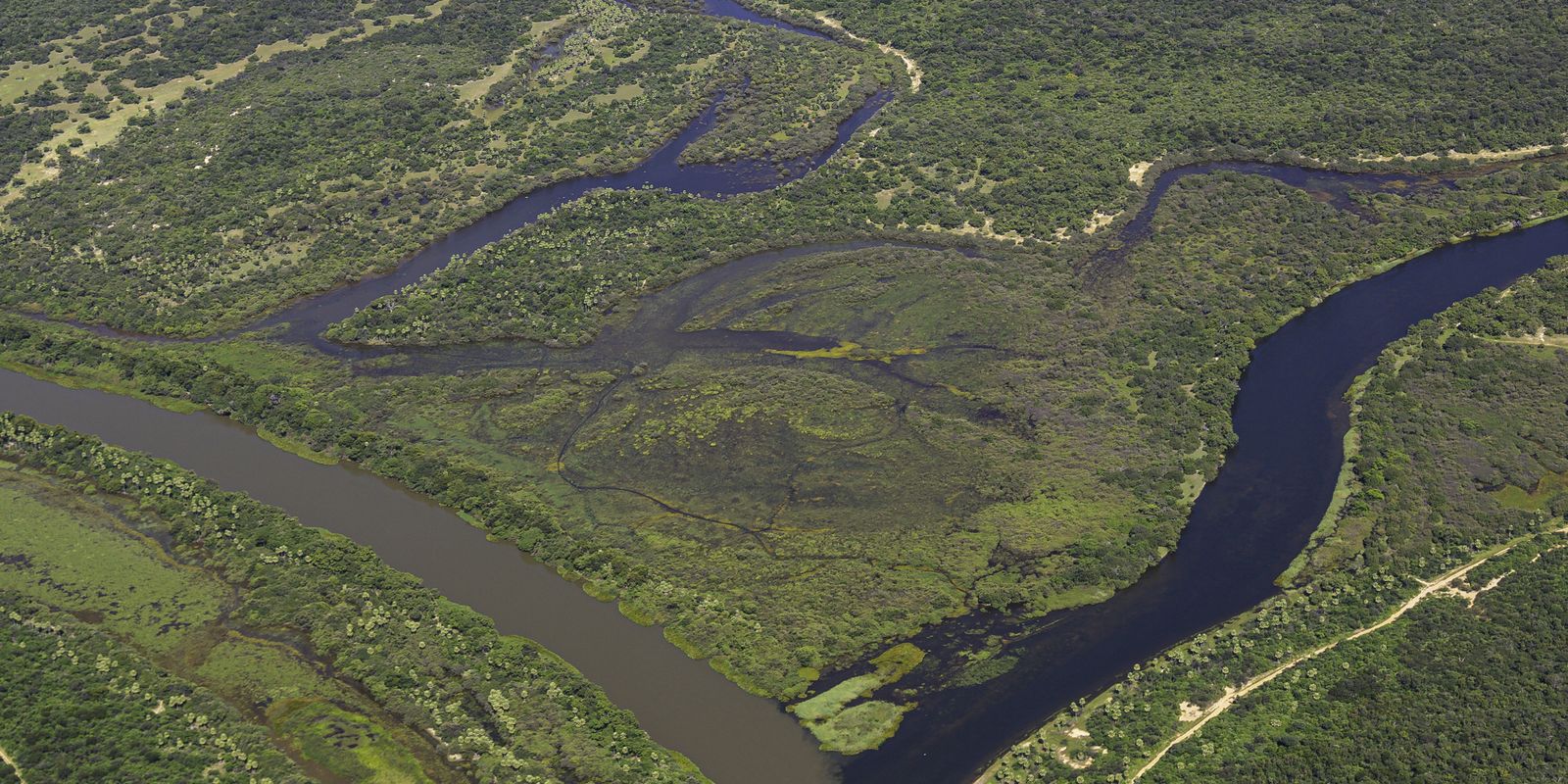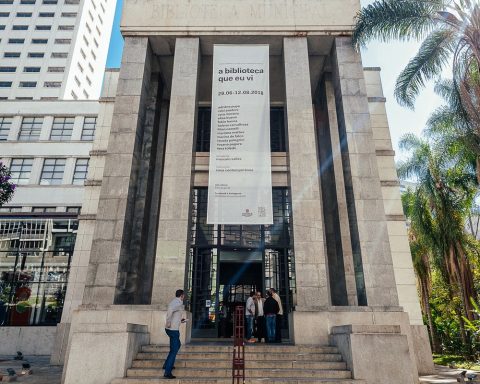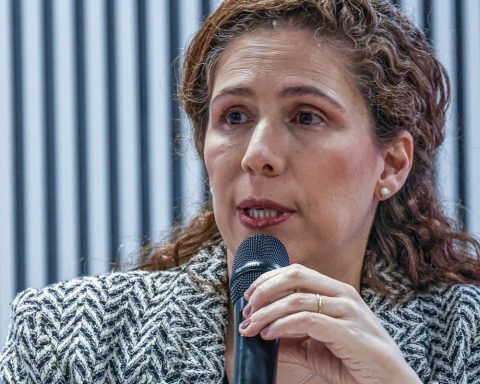The Atlantic Forest is the biome that suffered the most changes in land cover and use in Brazil in the years 1985 to 2023. In 39 years, its territory saw an increase of 91% in agricultural area, but also recorded some recovery of native vegetation in 45 % of municipalities after the application of the Forest Code in the country, according to an analysis by Mapbiomas, released this Tuesday (26).
With only 31% of vegetation cover preserved and 67% of occupation and human activities in the region, the Atlantic Forest continues to lose vegetation. During the period analyzed, the reduction was 10%, that is, 3.7 million hectares.
The study shows that, currently, 60% of the municipalities where the Atlantic Forest is present, maintain less than 30% of the native vegetation and throughout all these years, only the states of Rio de Janeiro, Rio Grande do Norte and São Paulo have achieved recover more than losing part of your biome.
Where there was loss of natural area, the forest was the most affected type of cover, which includes savannah and forest formations, mangroves and arboreal sandbanks. Of this class, 2.7 million hectares were lost between 1985 and 2023.
The rural formation, despite losing less in extension, with conversion of 2.45 million hectares, was the one that decreased the most proportionally. In the 39 years, 27% of this class was converted, mainly in agricultural and pasture areas.
“The Atlantic Forest coexists simultaneously with deforestation and regeneration, but in regions that do not coincide. We still lose forests in regions where there is still a relevant proportion of remnants and we gain where the devastation occurred decades ago and very little is left”, says the executive director of Fundação SOS Mata Atlântica, Luis Fernando Guedes Pinto.
Although pastures occupy 26.23% of the entire territory where the Atlantic Forest is native, agriculture has advanced the most. From 1985 to 2023, the agricultural area in the entire Atlantic Forest increased from 10.6 million hectares to 20.2 million hectares. The states of Rio Grande do Norte, Mato Grosso do Sul and São Paulo were those that were proportionally most affected by this conversion.
Soy and sugar cane represent 87% of temporary crops in the biome’s territory, which also produces rice, cotton and other crops in this modality. In 39 years, sugarcane cultivation expanded to 4.2 million hectares and soybeans reached another 8.2 million hectares by 2023.
Forestry has also advanced in the last 39 years, with more than 3.6 million forests planted in this modality, representing 50% of the practice across the country. Most of the forestry in the Atlantic Forest, 60% was planted in the states of Santa Catarina, Paraná and Bahia.
When considering the total area occupied by agriculture, which includes, in addition to agriculture and pastures, mosaics of use and forestry, 71.99 million hectares will be converted by 2023.
Logging
Despite all the pressure from human action on the Atlantic Forest, data on deforestation caught attention in 2023, when there was a 49% reduction in this type of action in the biome, compared to the year 2000. For Guedes Pinto, these advances point a way. “Zero deforestation and large-scale restoration will guarantee the future of the biome, contribute to facing global climate and biodiversity crises, guarantee ecosystem services and avoid tragedies locally”, he concludes.


















